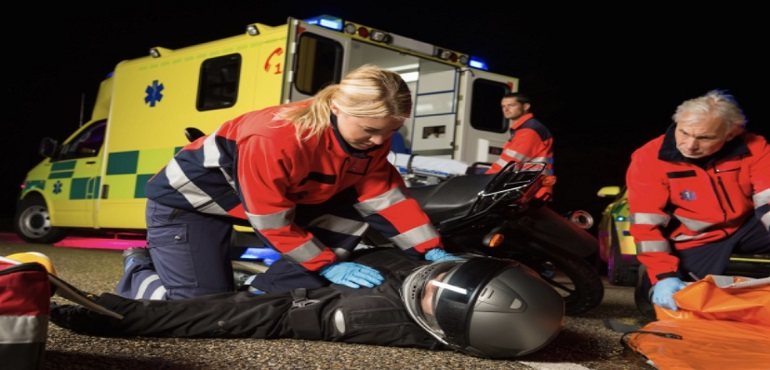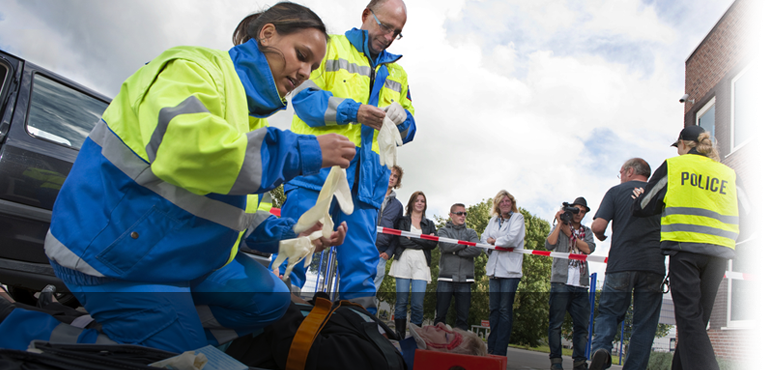| Toll Free : 1844 495 7333(injury hotline- new cases only) | |
| Text a Personal Injury Lawyer 24/7 and get instant help.TM (416 931 5015) | |
| Head Office : 905 495 7333 |
Child Passenger Safety: Some Useful Tips
June 25, 2017Brampton personal injury lawyers often deal with cases where young children have been seriously injured in car accidents. There’s no kidding around child passenger safety – children and senior citizens are among the most vulnerable of passengers in vehicular collisions. They often suffer serious/fatal injuries that can permanently alter their lives and those of their family-members.
Although motor-vehicles are thoroughly tested before they are sold, a majority of accidents occur because of driver-error. Distraction, speeding, driving under the influence of alcohol/drugs, reckless driving, road rage, weather conditions, inexperienced drivers, unfamiliar roads and the use of cellphones/texting are some of the leading causes of motor-vehicle collisions. They result in horrible tragedies like the one that occurred in Innisfil, Ontario.
Studies show that motor vehicle collisions are the leading cause of fatalities among children in Canada. Although all the ten Canadian provinces have stringent rules regarding child-safety seats, a large number of serious injuries/fatalities occur because of non-compliance with these rules. Misuse or non-use of child-safety seats, seatbelts etc are among the common causes of injuries. Ontario laws hold the driver of the vehicle responsible for making sure that a child-passenger below age 16 is properly secured according to their age, weight and size.
The Canadian Public Health Association clearly outlines the proper use of safety devices. The use of appropriate passenger restraints can reduce the risk of injuries in case of a collision. There are different types of restraints and safety devices for children based on their age, size and weight.
- Rear-facing seats: for children below age 1 and 22 lbs
- Forward-facing seats: for children ages 4-5, weighing up to 40 lbs
- Booster seats: for children up to age 9, weighing up to 80lbs and height up to 145 cm.
- Seat belts for all others.
- Children should ride in the back seat till they’re 14.
- Hard, loose toys should not be kept inside the vehicle.
- Child-seats have expiry-dates. Never use, buy or donate a seat past its expiry date, marked at the back of the seat.
- Ensure that you change the child-seat if your car has been in a collision, even if the child was not in the car at the time or the seat seems undamaged.
Moving children too early or too late to their age-appropriate category makes child-passenger-seats unsafe. If the child is too small for a seat-belt, but the parents strap him/her in without considering that a booster-seat may be more appropriate, this can result in serious injuries. Severe injuries to spinal cord and internal organs can result, causing what crash specialists call “seat belt syndrome .”
Never leave a child unattended in or around a car. Leaving a sleeping toddler inside a locked car even for a few minutes can be fatal. Drivers should never leave the keys in the ignition even for a second when there is an unattended child inside the car.
Organizations like the Child Passenger Safety Association of Canada
conduct regular courses for all those interested in reducing and finally eliminating the causes of fatal collisions and risks to child-passenger safety.
Contact an experienced car accident lawyer if you have been involved in an accident that has caused injuries to your children. You may be entitled to compensation.
Child Passenger Safety: Some Useful Tips
June 25, 2017Brampton personal injury lawyers often deal with cases where young children have been seriously injured in car accidents. There’s no kidding around child passenger safety – children and senior citizens are among the most vulnerable of passengers in vehicular collisions. They often suffer serious/fatal injuries that can permanently alter their lives and those of their family-members.
Although motor-vehicles are thoroughly tested before they are sold, a majority of accidents occur because of driver-error. Distraction, speeding, driving under the influence of alcohol/drugs, reckless driving, road rage, weather conditions, inexperienced drivers, unfamiliar roads and the use of cellphones/texting are some of the leading causes of motor-vehicle collisions. They result in horrible tragedies like the one that occurred in Innisfil, Ontario.
Studies show that motor vehicle collisions are the leading cause of fatalities among children in Canada. Although all the ten Canadian provinces have stringent rules regarding child-safety seats, a large number of serious injuries/fatalities occur because of non-compliance with these rules. Misuse or non-use of child-safety seats, seatbelts etc are among the common causes of injuries. Ontario laws hold the driver of the vehicle responsible for making sure that a child-passenger below age 16 is properly secured according to their age, weight and size.
The Canadian Public Health Association clearly outlines the proper use of safety devices. The use of appropriate passenger restraints can reduce the risk of injuries in case of a collision. There are different types of restraints and safety devices for children based on their age, size and weight.
- Rear-facing seats: for children below age 1 and 22 lbs
- Forward-facing seats: for children ages 4-5, weighing up to 40 lbs
- Booster seats: for children up to age 9, weighing up to 80lbs and height up to 145 cm.
- Seat belts for all others.
- Children should ride in the back seat till they’re 14.
- Hard, loose toys should not be kept inside the vehicle.
- Child-seats have expiry-dates. Never use, buy or donate a seat past its expiry date, marked at the back of the seat.
- Ensure that you change the child-seat if your car has been in a collision, even if the child was not in the car at the time or the seat seems undamaged.
Moving children too early or too late to their age-appropriate category makes child-passenger-seats unsafe. If the child is too small for a seat-belt, but the parents strap him/her in without considering that a booster-seat may be more appropriate, this can result in serious injuries. Severe injuries to spinal cord and internal organs can result, causing what crash specialists call “seat belt syndrome .”
Never leave a child unattended in or around a car. Leaving a sleeping toddler inside a locked car even for a few minutes can be fatal. Drivers should never leave the keys in the ignition even for a second when there is an unattended child inside the car.
Organizations like the Child Passenger Safety Association of Canada
conduct regular courses for all those interested in reducing and finally eliminating the causes of fatal collisions and risks to child-passenger safety.
Contact an experienced car accident lawyer if you have been involved in an accident that has caused injuries to your children. You may be entitled to compensation.










